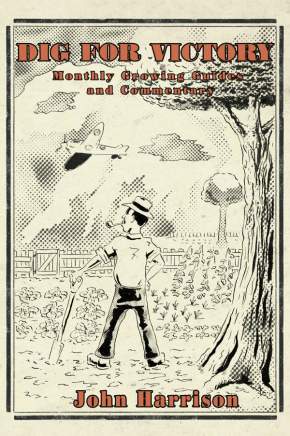More Root Crops
The main root crops may be sown in June or early July—beet (early June), maincrop carrots (June or early July) and swedes (mid-June). The sowing of beet and carrots was dealt with in the April Guide (p. 3) so the details will not be repeated here.
Bear in mind, too, that the above times for sowing are merely general reminders, and that gardeners must have regard to local conditions and advice from the experienced.
For instance, as to carrots, in the midlands and the north, mid-June is regarded as the latest date to sow with an assurance of a good crop; while in the south and west, sowings may often be made with safety up to mid-July. Another point is that late-sown carrots are less liable to attacks by the “fly” than those sown earlier in the year.
SWEDES
Swedes are a safer crop in some districts than turnips. They can stand the cold better and can be left in the ground until after Christmas. Though there are garden varieties of swedes, the field sorts such as “Best of All” and “Eclipse” are really the best to grow.
Swedes are usually sown in mid-June (earlier in the north) in drills 15 in. apart and 1 in. deep. The Ministry’s plan provides for two rows, but don’t grow them if you don’t like them. The seedlings of field sorts should be thinned to 9 in. apart.
For those who like to try out unusual vegetables, Kohl Rabi is a useful crop to grow on very light soils where turnips are risky owing to drought or flea beetle attacks. You can still sow it in June in the seedbed, transplanting to rows 15 in. apart with 8 in. between plants. It is better, however, to drill in the ordinary way, like swedes and turnips, and thin out. Kohl Rabi should not be stored for any length of time, but should be eaten soon after lifting.
A word about gathering crops
Before the full spate of summer vegetables begins, a few words about gathering crops may not be out of place. Gather in the morning or evening, when they are fresh and not limp from the sun ; handle them carefully, so that they come into the kitchen fresh and tempting.
More important, however, is to gather crops before they are past their prime. It is a mistake to leave batches of cabbages, lettuces, peas and other vegetables until the whole crop is ready for use.
So often the gardener cannot bring himself to gather his vegetables before they are fully matured, with the result that when they are ready, he is unable to cope with them all at once and many go to waste.
Use your vegetables on the young side; they are more tasty, and the scientists tell us they do you more good than when they are old and tending to be tough. On the other hand, of course, don’t be extravagant about it. There is no sense in picking them so young that a whole crop is used up in a meal or two.


